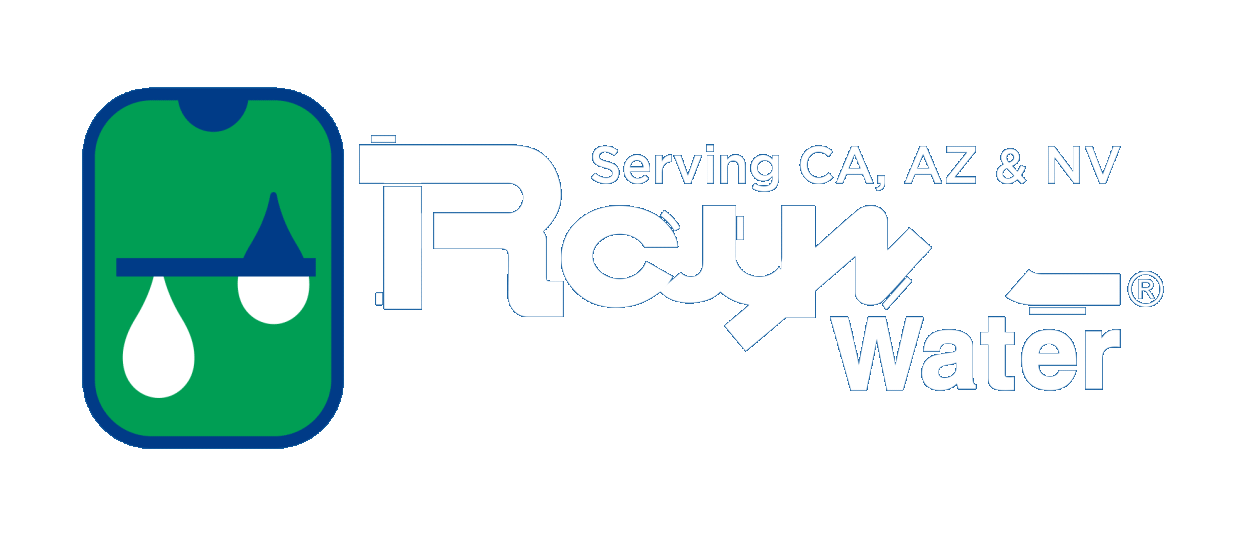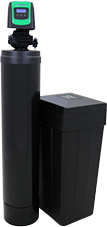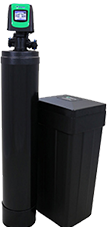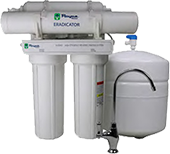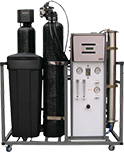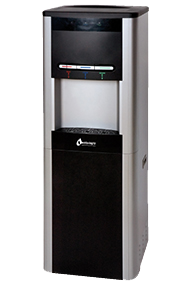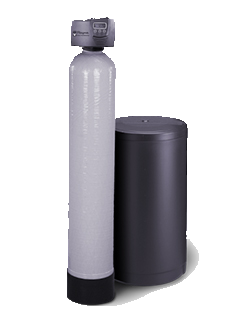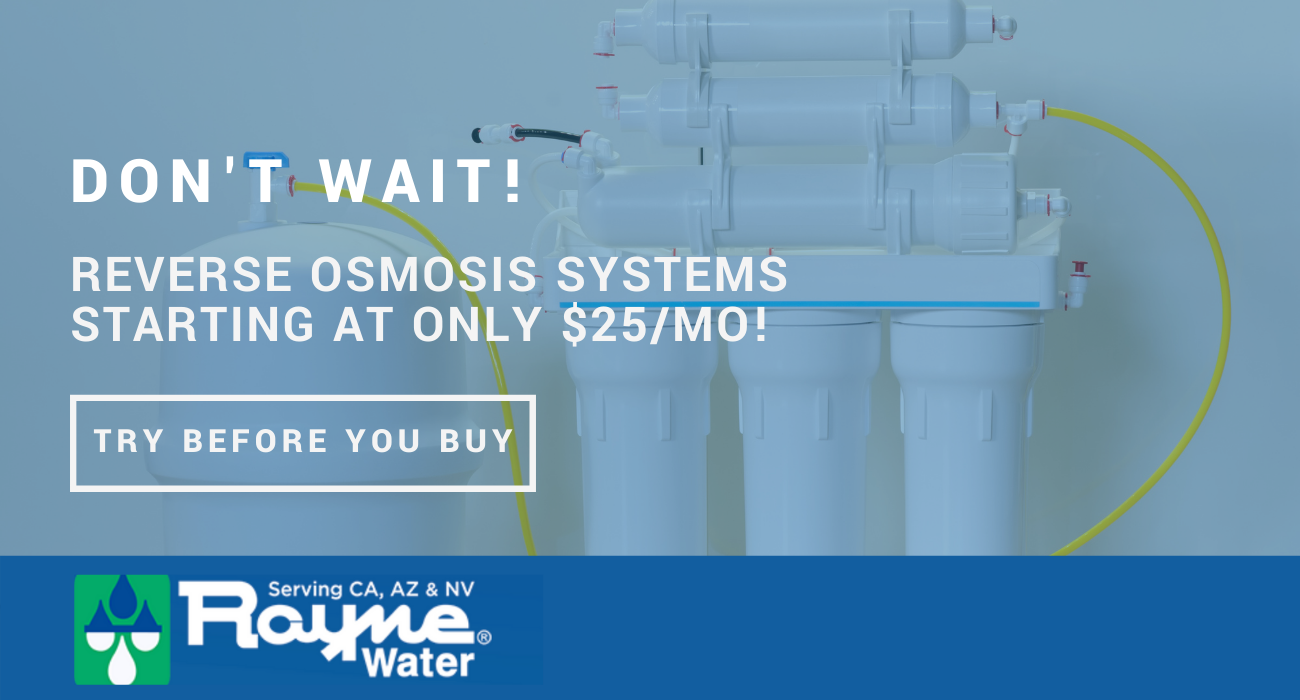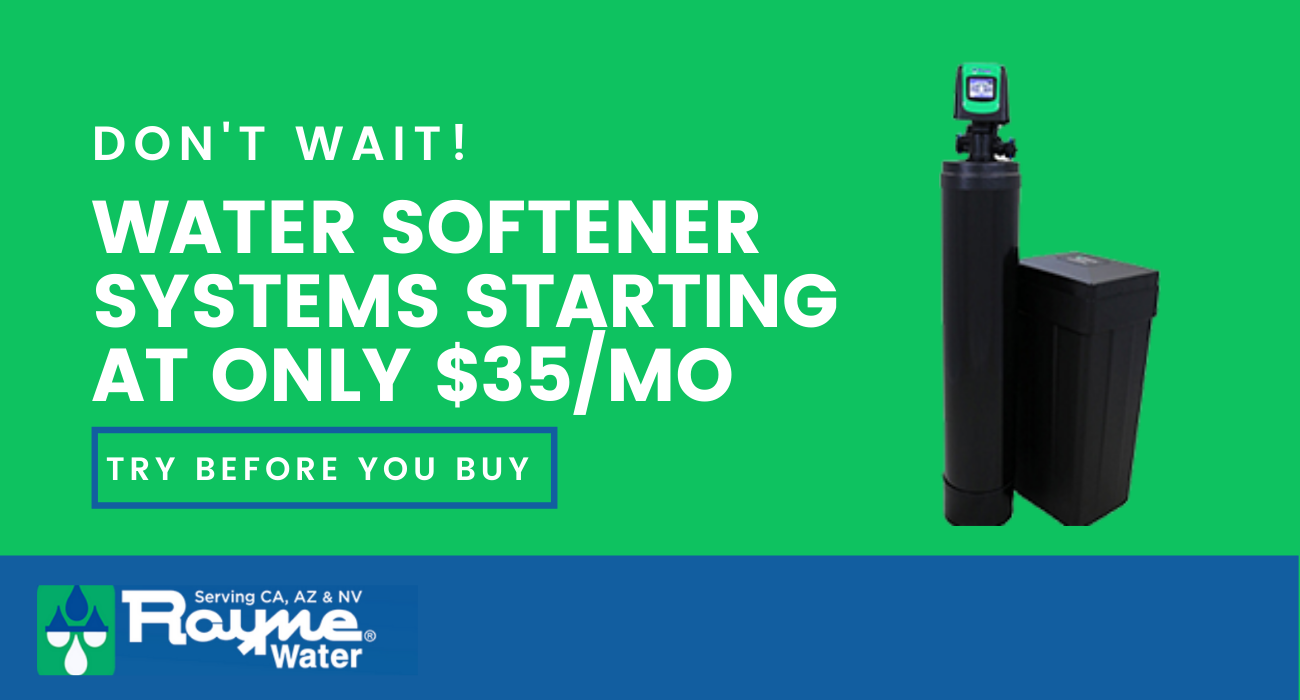Throughout your life, you probably have had filtered water. You may even be using a house water filter in your home right now. Many people living in the United States have turned to water filtration as a means of removing contaminants from their tap water. Despite the widespread use of water filtration, many of us can’t fully answer the question, “how do water filters work?”.
Gaining a better understanding of do water filters work and how do water filters work can help you and your family make an informed decision about whether investing in a water filtration system is right for you. There are a variety of different water filtration systems on the market, each with its own separate advantages. What is a water filter and how will it remove those toxic, harmful substances that may be in your drinking water? Taken as a whole, residential water filtration systems offer a cost-effective method of removing the potentially harmful contaminants that are in your tap water.
Why Filter Water?
Tap water undergoes a series of treatments before it arrives at your faucet at your house. However, that treatment doesn’t capture every contaminant that may be harmful. Even the chemicals used in the treatment itself, like chlorine and bromine, can react with other chemicals and form dangerous substances that are toxic to our organs and the central nervous system.
Although there are regulations dictating what constitutes safe drinking water, notably among these the 1974 Safe Drinking Water Act, all too often the water coming out of our tap contains harmful levels of contaminants that violate those very standards. The challenge isn’t simply in understanding how to filter your water so that it is safe drinking water, it is also in understanding whether or not your water is actually contaminated with harmful bacteria. Inadequate reporting by water agencies can obscure the true level of contaminants that leave your tap water and enter your body.
Violations of tap water safety regulations abound in the news. Most people immediately think of Flint, Michigan which had dangerously high levels of harmful lead contamination in their tap water in 2015, but there are many other, smaller stories that continue to occur around the country. A report by the Environmental Working Group found that chemical contaminants were making it into the water supply for roughly 7.5 million Californians in 2019.
Here are a few of the most common contaminants found in tap water in the United States:
- Microbes – Bacteria and viruses are most often found in untreated water, but can also be found in treated water. Typically, microbes are treated by adding chlorine to tap water. Microbes commonly found in water include bacteria like salmonella, Legionella bacteria which causes Legionnaires disease, as well as protozoans and viruses.
- Disinfectants – Municipal water suppliers use chemical disinfectants to treat water for microbes. The most common of these disinfectants are chlorine and bromine. While treatment of public water with disinfectants like chlorine has been highly effective at reducing the rates of infection to microbe-driven illnesses like cholera, these disinfectants can transform into dangerous by-products when they react with other molecules in the water.
- Chemicals – Industrial chemicals are increasingly being found in our municipal water supplies. PFAS, or per- and polyfluoroalkyl, substances are among the most common of these chemicals. PFAS resist natural degradation in the environment, allowing them to make their way into our water source Found in nonstick coatings and firefighting foams, research has linked PFAS to increased risk of certain types of cancer, grown deficits, fertility problems, and learning disorders.
- Arsenic – Arsenic is a naturally occurring heavy metal. Although it is most often found in water from private wells, arsenic can also enter the groundwater supply from agriculture and mining. Recent estimates found that roughly 2 million people in the United States are exposed to levels of arsenic higher than the EPA limits.
- Nitrates – Nitrates, found in fertilizers, make their way to your tap through runoff from farms and lawns.
- Lead – Lead found in tap water is usually leached from older lead pipes. Many municipal water suppliers adjust their treatment to minimize the amount of leaching that occurs from lead pipes in their delivery systems, but these methods aren’t always effective.
How Water Filters Work?
There are different types of water filtration systems. Each has its advantages and disadvantages. Some systems combine multiple methods of water filtration, which are known as hybrid multi-media systems. For example, some reverse osmosis systems also use an activated carbon filter, combining two of the most popular filtration methods. Gaining a better sense of the most common water filtration methods will help you understand how does water filters work.
Reverse Osmosis
Reverse osmosis (RO) systems are one of the most effective methods of reducing the amount of total dissolved solids (TDS) from drinking water. Reverse osmosis systems use pressure to force water molecules through a specialized membrane. The membrane in RO systems has very small pores that allow water molecules through, but not larger molecules.
The advantage of an RO system is that it removes nearly all contaminants in water. They are great at removing nitrates, heavy metals such as copper, lead and arsenic, as well as some organic chemicals and fluoride, which is commonly added to water in municipal water supplies. RO systems also tend to be very small, so they can be easily installed under a sink to provide clean tap water.
Activated Carbon
Activated carbon systems are the most common house water filters available. Activated carbon systems utilize a form of charcoal that has been treated with oxygen. The carbon in the system is very porous, giving it a large internal surface area. As contaminated water moves through the activated carbon filter it attracts chemical impurities through the process of adsorption.
On its own, activated carbon filters are great at removing the chemicals used in water purification, including chlorine and bromine, pesticides, and industrial solvents. Standard activated carbon filters won’t attract other chemicals like nitrates,fluoride and microbes.
Ion-Exchange
These systems use a process known as ion-exchange to remove mineral ions from hard water. Hard water is water with relatively high mineral content. Those minerals are left behind on surfaces that the water comes in contact with in the form of limescale. The minerals in hard water can also form soap scum, as well as dry out your skin and hair.
In an ion-exchange unit, water enters a tank that contains resin beads. These resin beads have a sodium ion attached to them. When hard water passes over the resin beads, the mineral ions separate from the water molecule and attach to the resin beads, displacing the sodium ion into the water. The resulting water is considered “soft” because it now has low mineral content.
Ion-exchange units are highly effective at removing mineral ions from water, as well as heavy metals like lead and arsenic. These systems are less effective at reducing other contaminants and bacteria that might be contained in water. This is why many people choose to use them in conjunction with an additional filtration system, such as an RO system installed under their sink to provide drinking water.
Closing Thoughts
Water filtration systems remove contaminants from water. There are three common methods through which residential water filters remove contaminants. The first is reverse-osmosis, a process that involves forcing contaminated water through a membrane containing very small pores under high pressure. As the water passes through the membrane, contaminants are left behind. Reverse osmosis systems are highly effective at removing contaminant existence, but they generally aren’t used for whole-house water filtration, and they may not be effective at removing certain types of impurities.
Activated carbon filters are the most common filtration method used in a residential setting. These filters contain a form of charcoal that has been treated with oxygen, giving the activated carbon a large surface area through which it can capture contaminants in a process known as adsorption. Activated carbon filters are great at removing carbon-based impurities, as well as things like chlorine and chloramine, which are used in water treatment facilities to address microbial contamination. However, activated carbon filters won’t remove everything, including nitrates, fluoride, and microbes.
The third filtration method is known as ion-exchange and is a process for removing the heavy metals and mineral ions that contribute to water hardness. Ion-exchange units contain resin beads that remove mineral ions from hard water and replace them with sodium. Periodically these systems must be refreshed. While ion-exchange systems are effective water softeners, they don’t necessarily address other contaminants that you may want to remove.
Due to the limitations of each filtration method, many residential water filtration systems utilize more than one method to remove contaminants. For example, the Rayne Pure Plus system contains both a reverse-osmosis and activated carbon filter. This allows the reverse osmosis component to reduce the number of total dissolved solids in the drinking tap water, while the carbon filter removes chlorine, chloramines, as well as giving your drinking tap water a fresh taste.
To find the water filtration system that is right for your home and provides you with safe drinking water, contact our water specialists at Rayne Water today. Our knowledgeable staff can guide you through the many house water filters available and find the water filtration system that is right for your home and needs.
Sources
- Hamers, Laurel. “Drinkability.” Science News 194, no. 10 (November 24, 2018): 18.
- https://www.nytimes.com/2017/05/04/us/tapwater-drinking-water-study.html
- https://www.cnn.com/2019/09/27/us/pfas-california-contamination-trnd/index.html
- https://www.ewg.org/research/toxic-forever-chemicals-detected-drinking-water-supplies-across-california#table
- https://www.explainthatstuff.com/howwaterfilterswork.html
- https://science.howstuffworks.com/environmental/energy/question209.htm
